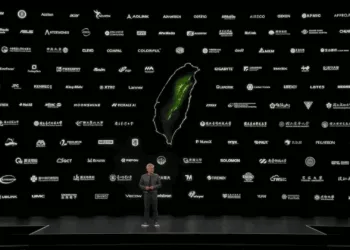Moore’s Law is Dead has highlighted AMD’s next-generation MCM RDNA 3 GPUs for the Radeon RX 7000 series graphics cards once again. Except for the launch timetables, which reveal AMD will offer its flagship models as early as Q4 2022, most of the material is already what we know so far.
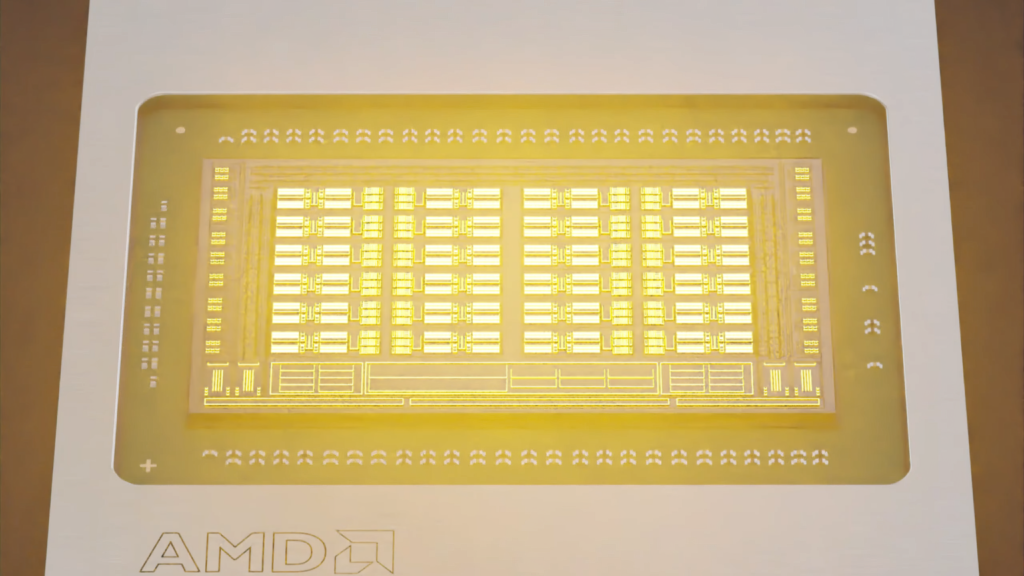
Both the AMD Navi 31 and Navi 32 GPUs will use an MCM solution, according to the newest information from MLID, although the Navi 31 GPU may use 3D-Stacking while the Navi 32 GPU may use a regular multi-die technique, similar to AMD’s Instinct MI250X. It appears that Navi 31 will be designed in the same way as the Instinct MI300 GPUs, which will use 3D-stacking technology to fuse the GPUs on top of the IO die.
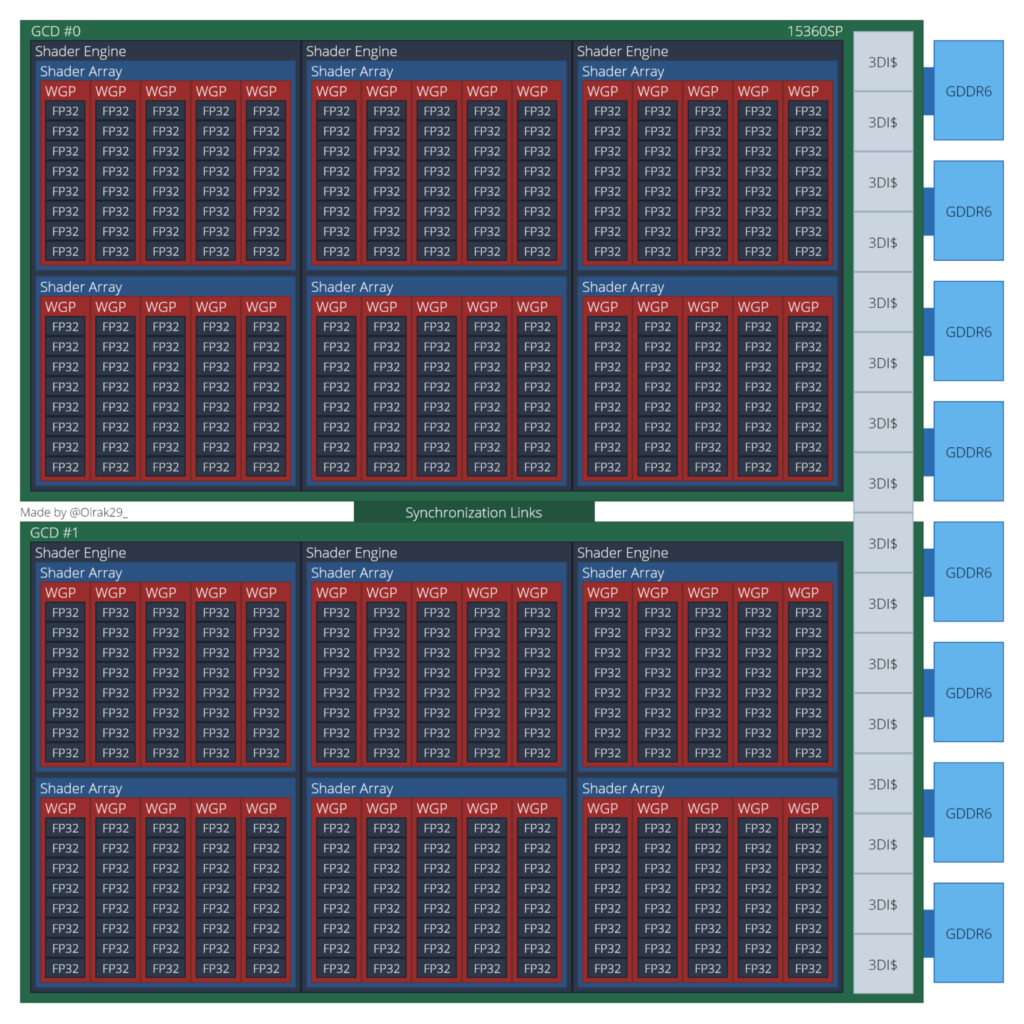
The Navi 32 will be designed in the same way as the MI200 series. The Navi 31 and Navi 32 GPUs will be made up of 6nm IO (MCD) and 5nm GPU (GCD) chiplets, respectively.
The AMD Navi 31 GPU will be available in the premium Radeon RX 7900 series by the end of Q4 2022
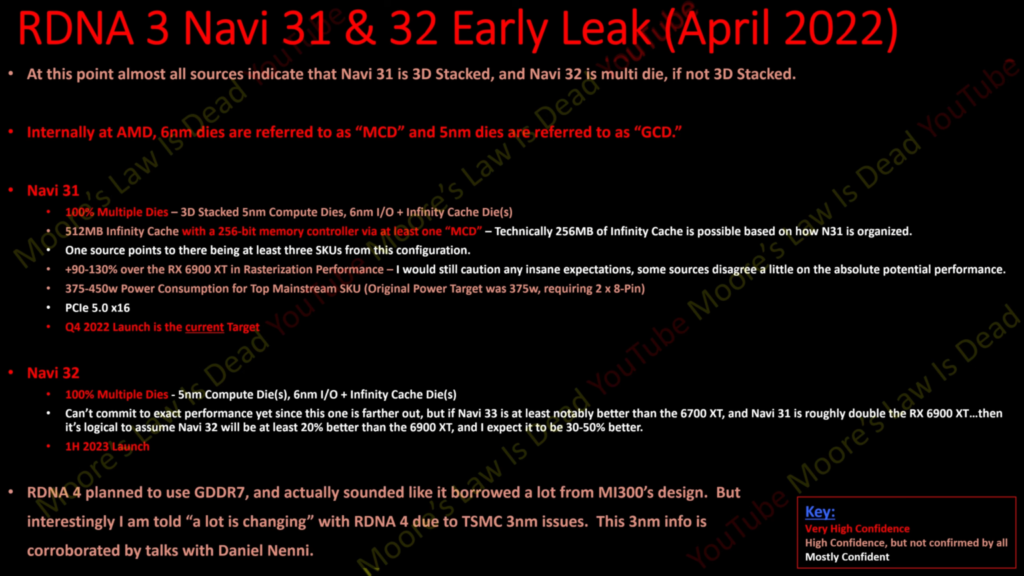
It’s worth noting that the Navi 33 GPUs, which are built on 6nm Monolithic dies, will be the first to hit the market. In the first half of 2023, the Navi 32 GPUs for the Radeon RX 7800 series will be available.
The Navi 33 graphics cards are expected to cost between $400 and $500 in the United States, and they will replace the Navi 21 components. As a result, calling a high-end graphics card a *600 series product makes no sense.
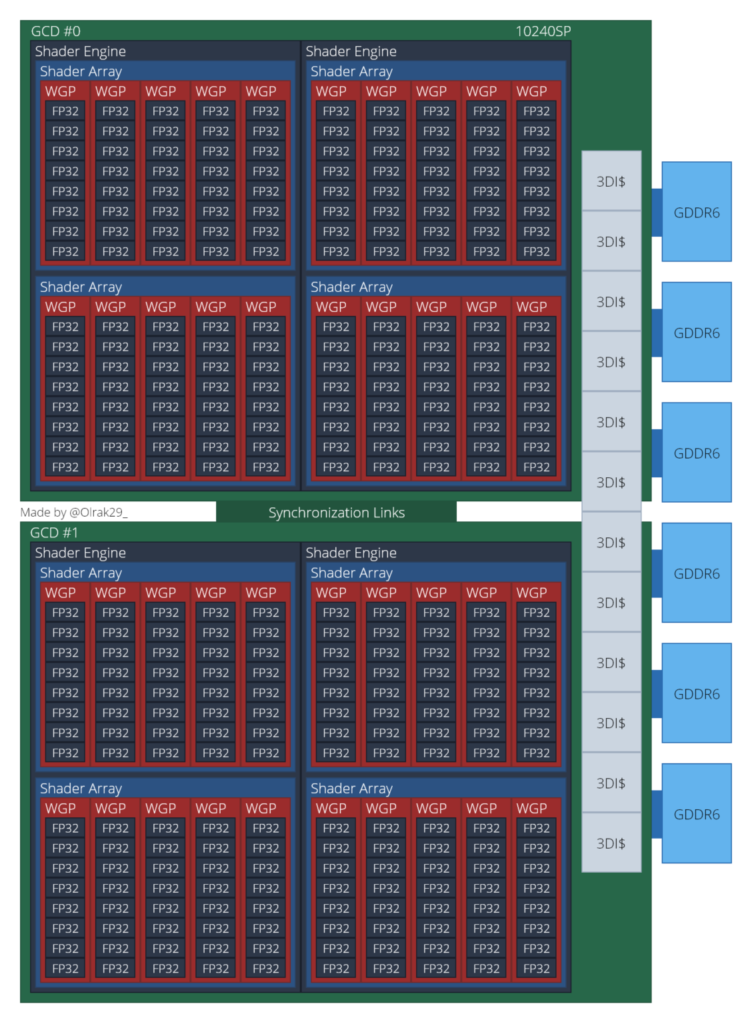
A recent rumor suggested that AMD Navi 31 would have seven chiplets, one IOD, two GCD, and four MCD. As a result, there will be two GCDs on top of the IOD, with the MCDs able to sit on top of either the GCDs or the IOD. It’ll be a fascinating GPU arrangement to watch, as well as the beginning of the chiplet age in the gaming graphics consumer market.
also read:
Laptops featuring Intel’s First A370M Arc GPUs are Are Selling for $1400 or Higher



